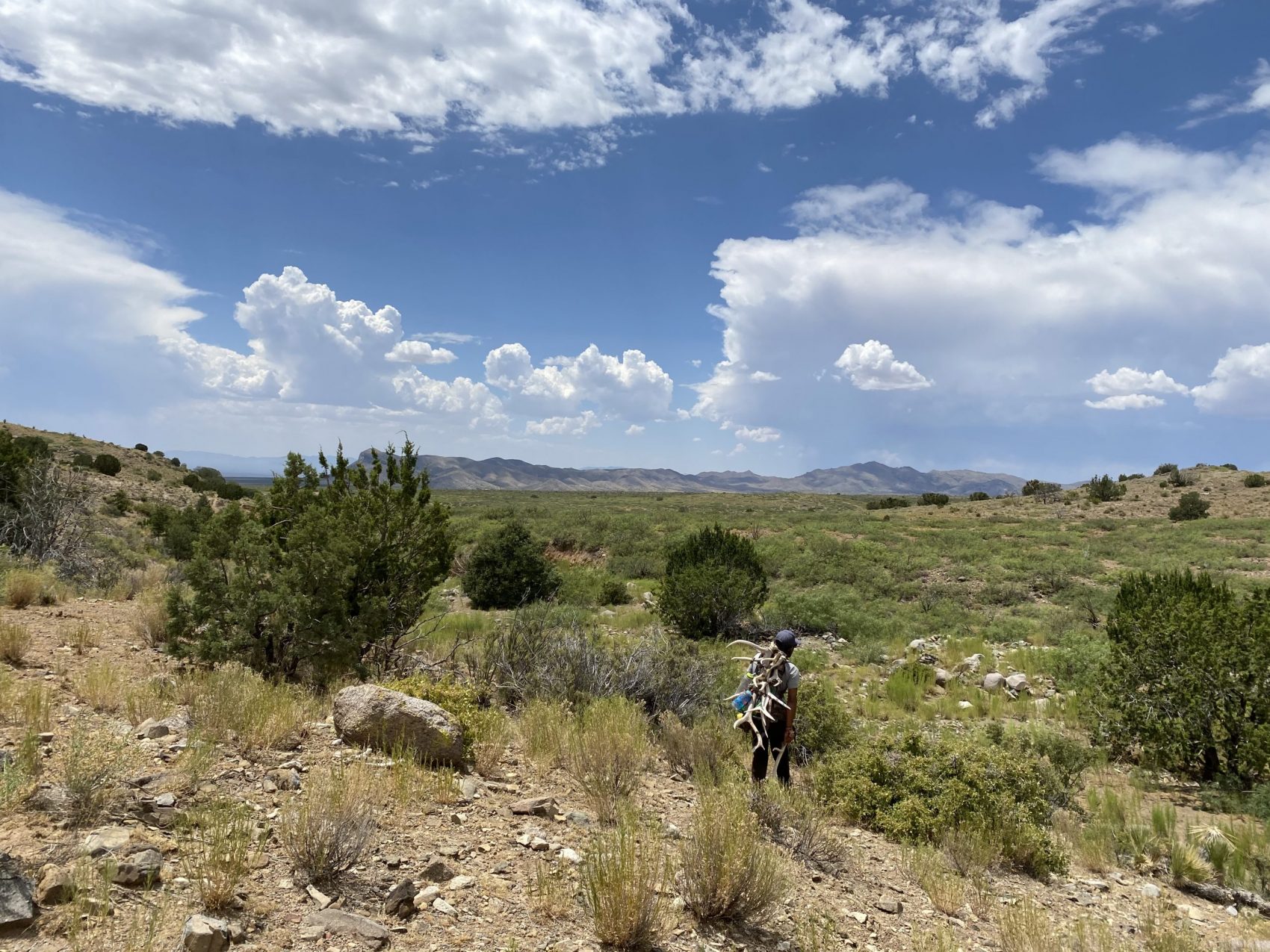 |
| Shin bang is not sorcery, it’s science. | Photo courtesy Ski Mag |
You know, shin bang—that horrid, painful sensation on your shinbone that you get from your boot after skiing hard? Yes, you do. Although die-hard ski racers in 1 million flex alpine race boots that they can barely walk in might tell you otherwise, shin bang is a real force to reckon with on (and off) the mountain every ski season. And there’s a science behind it. That’s why SnowBrains reached out to Orthopedic surgeon Dr. William H. Montgomery, III, MD with the Dignity Health Medical Foundation in San Francisco, Calif. to find out what the heck is going on in our ski boots that make our shins hurt so damn bad sometimes, especially after we get new boots. This image shows the tibia and shin in relation to where shin bang can occur. | Photo courtesy Orthoinfo So what exactly is shin bang, and what causes it? According to Dr. Montgomery (who is an avid skier and has had BAD shin bang before), shin bang is a type of contusion on your tibia’s periosteum, which is “like saran wrap that wraps around your bone, and is really super sensitive,” he said in a phone interview. Most of the time, this contusion to your periosteum is caused by your shin consistently slamming against the top part of your ski boot due to the very small gap that often exists between your shin and your boot liner. And it freaking hurts. After sharing his personal experiences with shin bang and describing the medical language associated with it, Dr. Montgomery outlined potential treatments for shin bang. He said that
meaning that the best way to treat shin bang is to avoid it entirely by having the best possible fit for your ski boots. The solution? Going to an experienced boot fitter and purchasing custom liners. A good boot fitter will mold custom ski boot liners to the contour of your feet and shins, eliminating any potential gap between the liner and your shin that could cause shin bang. Dr. Montgomery also said that you should put a kind of gel or cork pad—or even a piece of a foam beer koozie—in between your liner and your leg to provide a soft cushion for your already miserable shin. If it’s too late and you are already experiencing full-on shin bang, even with a good fitting boot (which can still happen as a result of charging hard), then icing, ibuprofen, and rest are likely your best bets.
Shin bang is not sorcery, it’s science. Keep your shins safe this season!
|









































